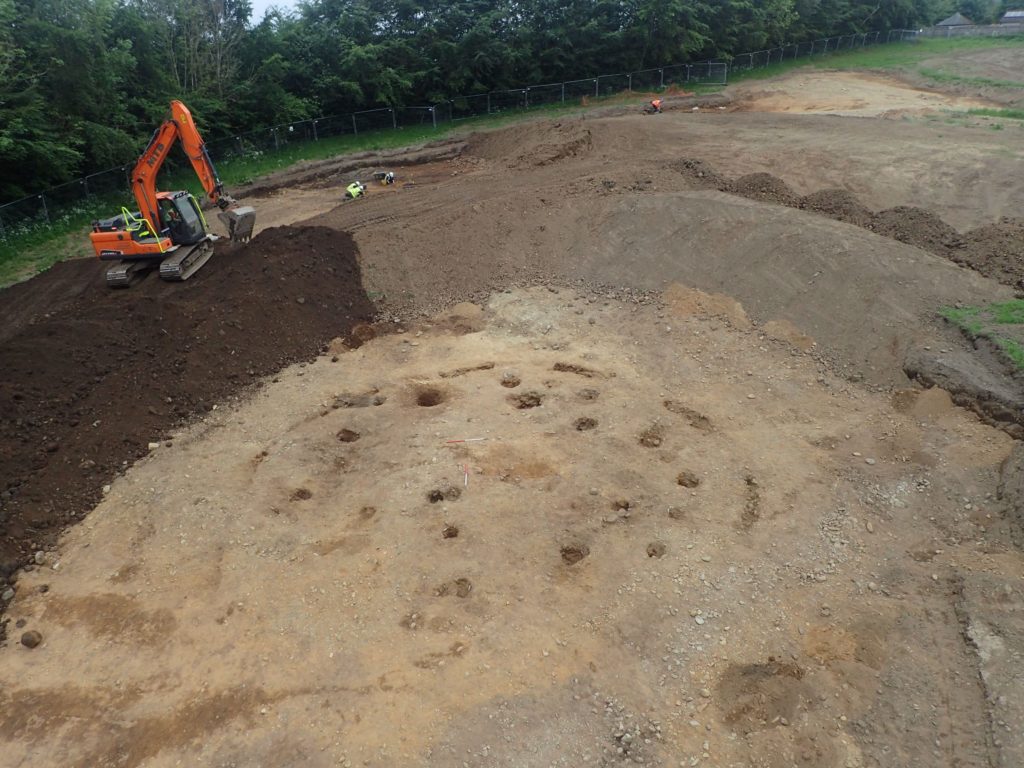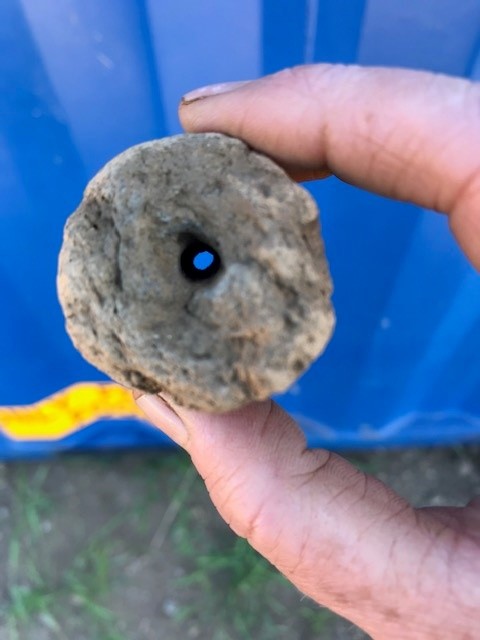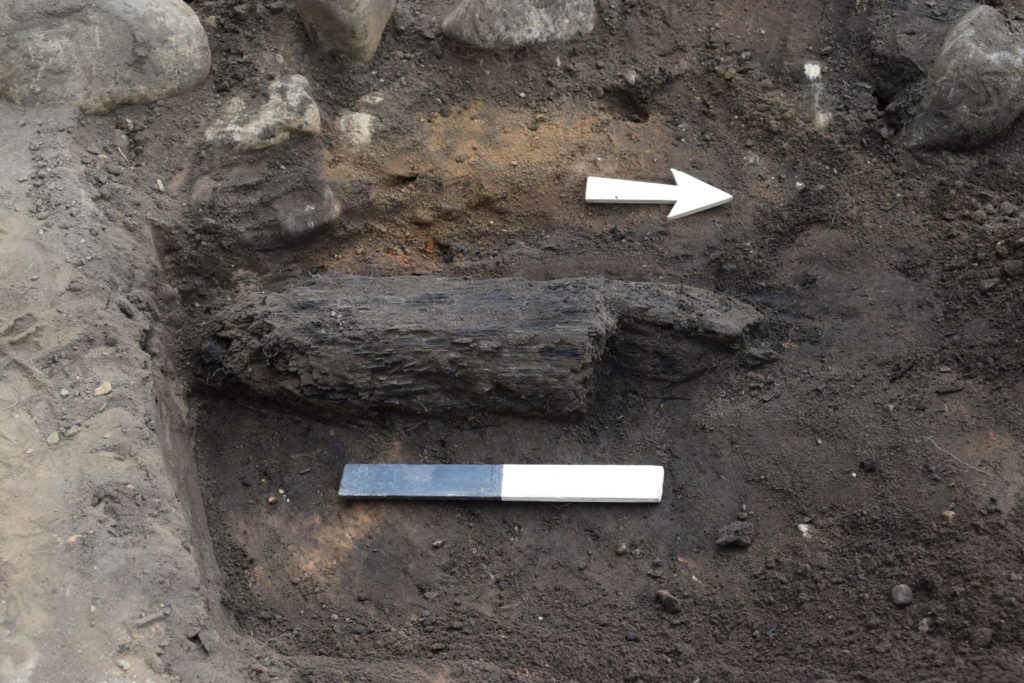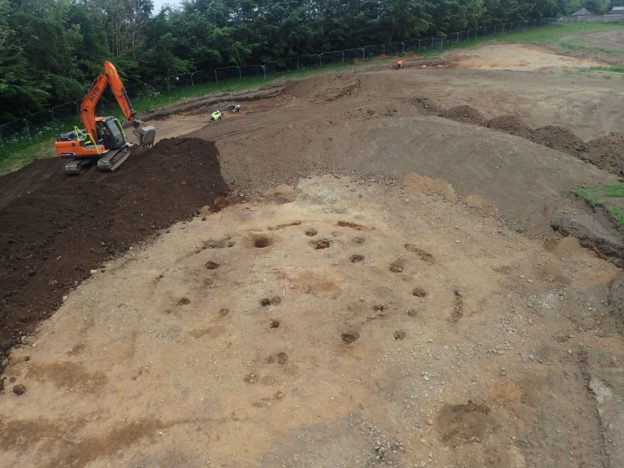Archaeological excavations in Blairgowrie and Rattray this year have revealed prehistoric roundhouses and metalworking that may be over three thousand years old.

The discovery was made during archaeological excavations undertaken by GUARD Archaeology in advance of a housing development at Honeyberry Crescent in Rattray. The remains of eight buildings were revealed, along with a rare metal working hearth. Amongst the finds were two tuyere fragments – clay nozzles that protected bellows used in heating the prehistoric smiths’ forges. These are uncommon finds and may help the archaeologists study the techniques used by the smiths here to create metalwork. Preliminary analysis of finds recovered from the excavation suggests that the site was used from the Neolithic to the Iron Age.


‘The presence of an early settlement at Rattray is unsurprising as the area is rich in prehistoric archaeological remains’ said GUARD Archaeologist Maureen Kilpatrick, who directed the excavation. ‘The structures correspond to two of the main architectural types of Bronze Age houses. The pottery fragments found within some of these structures have also been tentatively dated to the Bronze Age. One of the structures was particularly interesting as it was the only one to have evidence that it had been burnt down prior to being rebuilt in a completely different architectural tradition. A large fragment of burnt wood which might represent a structural element from the burnt down roundhouse was recovered during the excavation, which is in itself rather interesting as it can help in our understanding of the method and materials used during housing construction in the past.’
‘Radiocarbon dating and analysis of the finds will enable us to understand these prehistoric households and whether the buildings were contemporary with each other and therefore a village perhaps, or whether these houses represent the consecutive homes for a single household that occupied this site over many generations perhaps from the Bronze Age and on into the Iron Age,’ added GUARD Archaeologist Eleanor James, who supervised the excavation.

